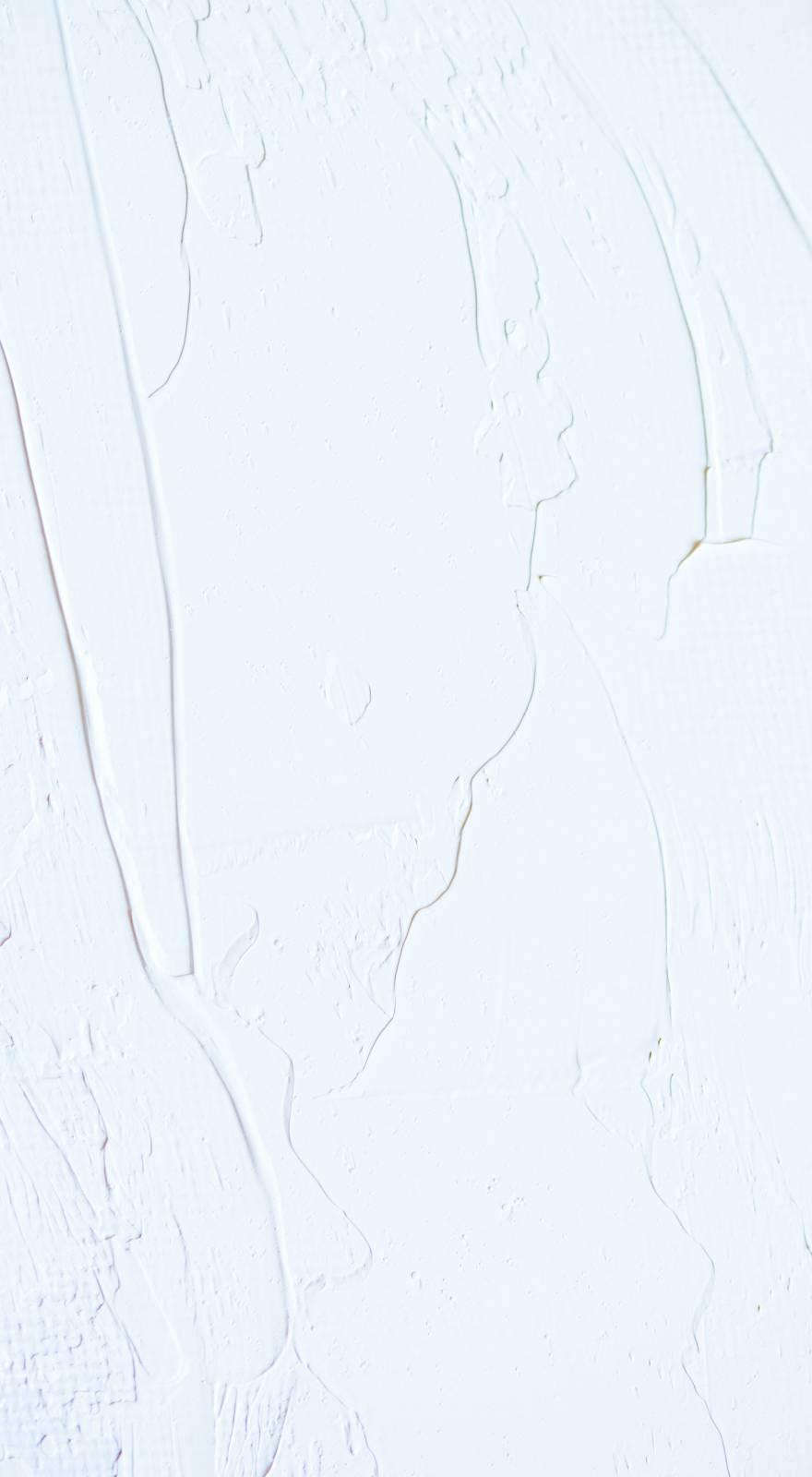Knowde Enhanced TDS
Identification & Functionality
- Product Type
- Technologies
- Product Families
Features & Benefits
- Ready-to-Use Product Features
- Benefits
- Withstands heavy loads
- Attractive colors
- Produces a smooth surface
- Easy to clean
- Hygienic
- High chemical resistance
Applications & Uses
- Markets
- Compatible Substrates & Surfaces
- Uses
Factory floors, warehouses, corridors, laboratories and any location where the substrate is uneven and a smooth finish is required.
- Application Procedure
Ambient temperature should be between 5°C and 35°C during application and cure.
Surface Preparation
Concrete-
Concrete substrates must be at least 28 days old and be clean, dry, sound and free of laitance, oil, grease and any other surface contamination, which could impair adhesion. Existing floor areas will require mechanical abrasion to reveal clean concrete. Enclosed vacuum blasting equipment or vonarx type scabblers should be used. Any areas which have been contaminated with oil or grease should be treated with hot compressed air blasting equipment. This will drive out any deep seated contamination. Any areas of damaged concrete should be broken out and reinstated. For small areas of thin section repairs - less than 10mm in depth - an epoxy resin repair mortar should be used. For larger area thicker section repairs a polymer reinforced cementitious repair mortar should be used. These larger repairs will need to cure for some 5- 7 days before Resiflow SL is applied. Any existing floor coatings must be removed prior to the application of Resiflow SL.
For newly laid concrete, which has been allowed to cure for the minimum 28 days, a light pass with enclosed vacuum blasting equipment is required. This will lightly texture the substrate and ensure that all laitence and the remnants of any curing membranes are removed. Older, more contaminated substrates will require a heavier pass with enclosed vacuum blasting equipment. Areas not accessible to blasting equipment should be prepared by a combination of vonarx scabblers, hand held diamond grinders and needle guns. All dust and deleterious matter should be removed by vacuuming prior to the application of the primer. Any flexible joints within the concrete should be protected with masking tape and brought up through the new surfacing. The perimeter of the area being treated along with any drains etc. should be protected with masking tape.
Priming
The substrate must be thoroughly sealed with an application of Resitech Primer CS, a two component moisture tolerant solvent free epoxy resin priming system. Resitech Primer CS is supplied in pre-weighed packages, and it is essential that all of the curing agent, pack A, is added to all of the resin component, pack B, and mixed thoroughly for 60 seconds. The fully mixed primer should be applied immediately to the prepared substrate by brush or roller. The coverage rate will vary dependent upon the texture and porosity of the substrate, but should fall in the range of 4-6m2 /liter. Very porous substrates may require a double primer application in order to fully seal the surface. Resitech Primer CS must be allowed to cure tack-free prior to the application of Resiflow SL, this will take approximately 8 hours at 20°C. Resitech Primer CS must not be allowed to cure for longer than 24 hours before application of Resiflow SL. If this happens then the existing primer must be lightly abraded followed by a second application of the primer.
Mixing and Application
Resiflow SL is a three component system supplied in pre-weighed packages. It is essential that all of the curing agent, pack A, is added to all of the resin component, pack B, and mixed thoroughly with a slow speed high torque drill and mixing paddle for 60 seconds. The graded fillers, component C, are then gradually added whilst mixing continues for an additional three minutes until a smooth and homogeneous mix is obtained. The fully blended system is applied by steel trowel at the specified coverage rate and allowed to self smooth. Resiflow SL is immediately and thoroughly rolled with a porcupine roller to aid the release of air and improve the surface finish. At an ambient temperature of 20°C, Resiflow SL may be lightly trafficked after 24 hours, with a cure time of 48 hours being required prior to heavier trafficking.
Properties
- Typical Properties
| Value | Units | Test Method / Conditions | |
| Compressive Strength | 42.0 | N/mm2 | BS 6319 pt 2 |
| Flexural Strength | 45.0 | N/mm2 | BS 2782 pt 10 |
| Tensile Strength | 16.0 | N/mm2 | BS 2782 pt 10 |
Technical Details & Test Data
- Coverage and Cure
A 20.5 kg unit of Resiflow SL will cover approximately 5.6m2 at a thickness of 2mm.
- Primary Cure (20°C) - 12 hours
- Full cure (20°C) - 7 days
- Pot Life (20°C) - 30 minutes
- Chemical Resistance
Resiflow SL exhibits excellent resistance to a wide range of chemicals, and is fully resistant to the following:
- 10% Sulphuric Acid
- 10% Hydrochloric Acid
- Xylene
- Methyl Ethyl Ketone
- Petrol
- 20% Sodium Hydroxide
- Ethylene Glycol
- Trichlorethylene
Safety & Health
- Health and Safety
It is recommended that barrier cream, gloves and overalls be worn when using Resiflow SL.
Storage & Handling
- Cleaning
Tools should be cleaned with a hydrocarbon solvent such as xylene before the initial cure has occurred.






